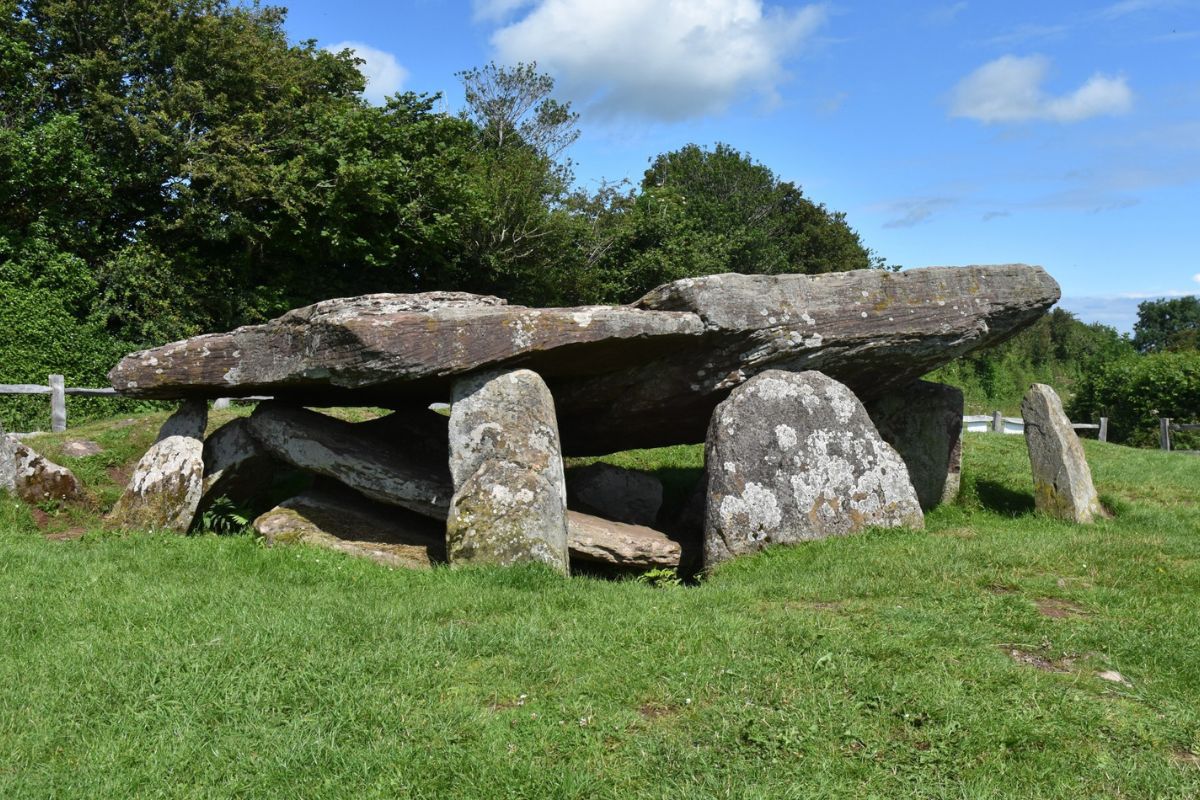

The 5,000-year-old tomb, linked to the legendary King Arthur, will soon be excavated.
Located in the English district of Herefordshire, Arthur’s Stone is a Neolithic tomb that once consisted of several rooms. Like many other prehistoric monuments in western England and Wales, this tomb has been associated with the legendary King Arthur for centuries. At present, however, little is known about the tomb and many mysteries surround the enigmatic site. And so archaeologists will soon begin excavations that will hopefully reveal more about the grave and English history.
Legends behind Arthur’s Stone
Over the years, multiple stories have surfaced linking the world-famous King Arthur to Arthur’s Stone. According to one of these legends, Arthur fought a giant here. After Arthur killed him, the giant fell to the ground, immortalizing the imprint of his elbows on one of the surrounding stones. More recently, acclaimed writer CS Lewis is said to have been inspired by the area and even partly based the fictional world of Narnia on it. For example, there are comparisons between Arthur’s Stone and the stone table on which Aslan the lion is sacrificed.
King Arthur
Entertaining as these stories are and while Arthur’s Stone is indeed named after King Arthur, it sticks with legends and myths. For example, there is no documented, historical evidence that King Arthur actually killed a giant here. In fact, although there are numerous books and films about the life of King Arthur, it is not known whether this invincible king actually lived.
Back to Arthur’s Stone
So what does Arthur’s Stone represent? So that’s exactly what archaeologists hope to unravel. What we know about it is that it is a 5,000-year-old tomb made up of several rooms that have never been excavated before. But according to the British body English Heritage, similar monuments can be found in the same region, where previously incomplete skeletal remains of various people, flint flakes, arrowheads and pottery have been discovered.
stones
Although today only the large stones of the inner chamber remain, Arthur’s Stone is believed to have once stood in a wedge-shaped cairn. The actual size and shape of the monument remains a mystery, although it is thought that the tomb once extended into a field to the southwest and may have been in the form of a low grassy knoll with rounded ends. The surviving and reasonably intact inner chamber consists of nine upright stones with a huge capstone on top that is estimated to weigh more than 25 tons.
Excavations
By scrutinizing Arthur’s Stone, archaeologists hope to reveal more about the enigmatic Neolithic monument. Experts will remove the sod and hope to find special archaeological remains.
“Arthur’s Stone is one of the country’s remarkable prehistoric monuments, set in a breathtaking location,” said researcher Julian Thomas. “At the same time, this place is still very poorly understood. With our study, we hope to restore that and give it its rightful place in the larger story of Neolithic Britain.”
Source material:
†Archaeologists carry out first dig at tomb linked to King Arthur” – The University of Manchester
Image at the top of this article: The University of Manchester